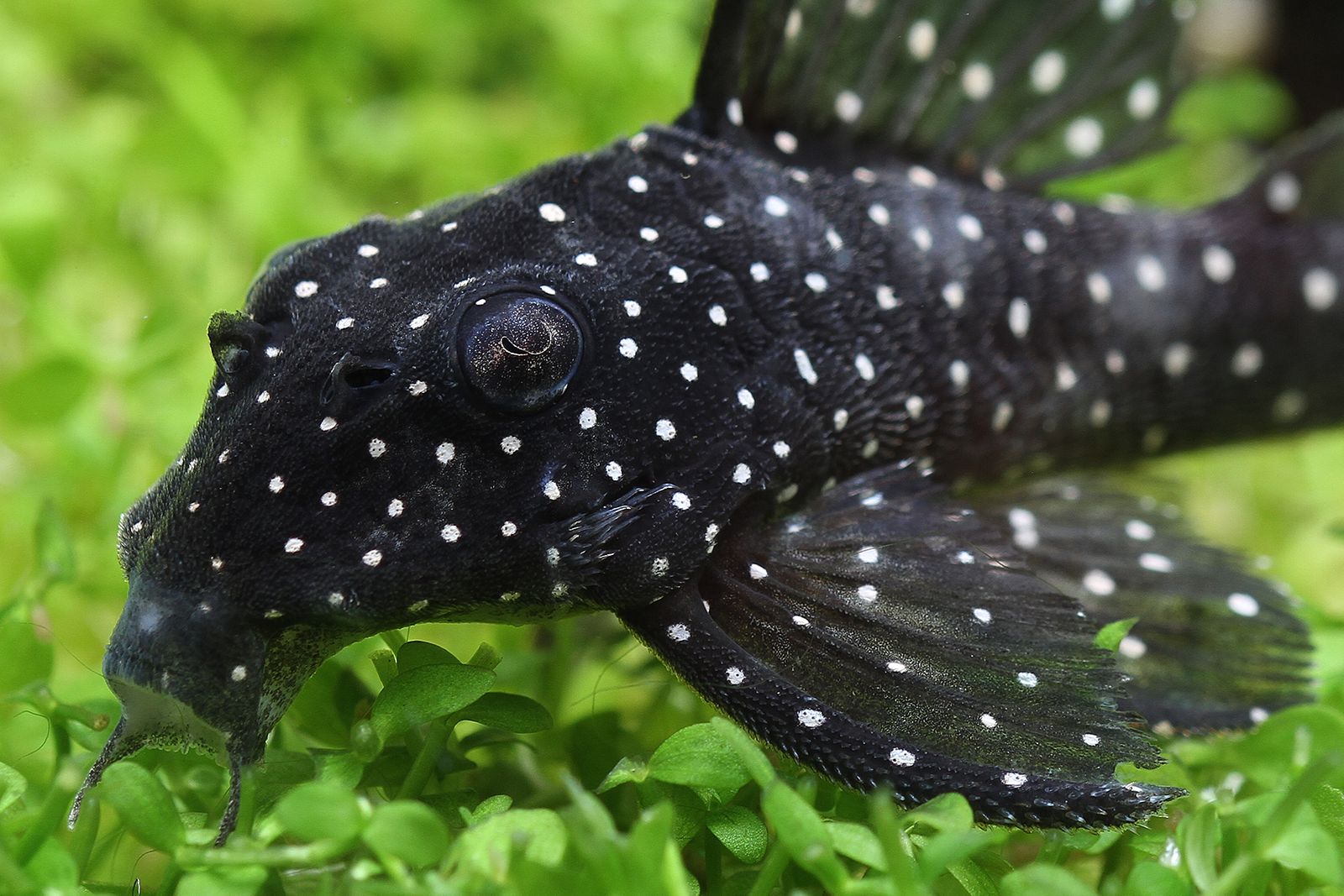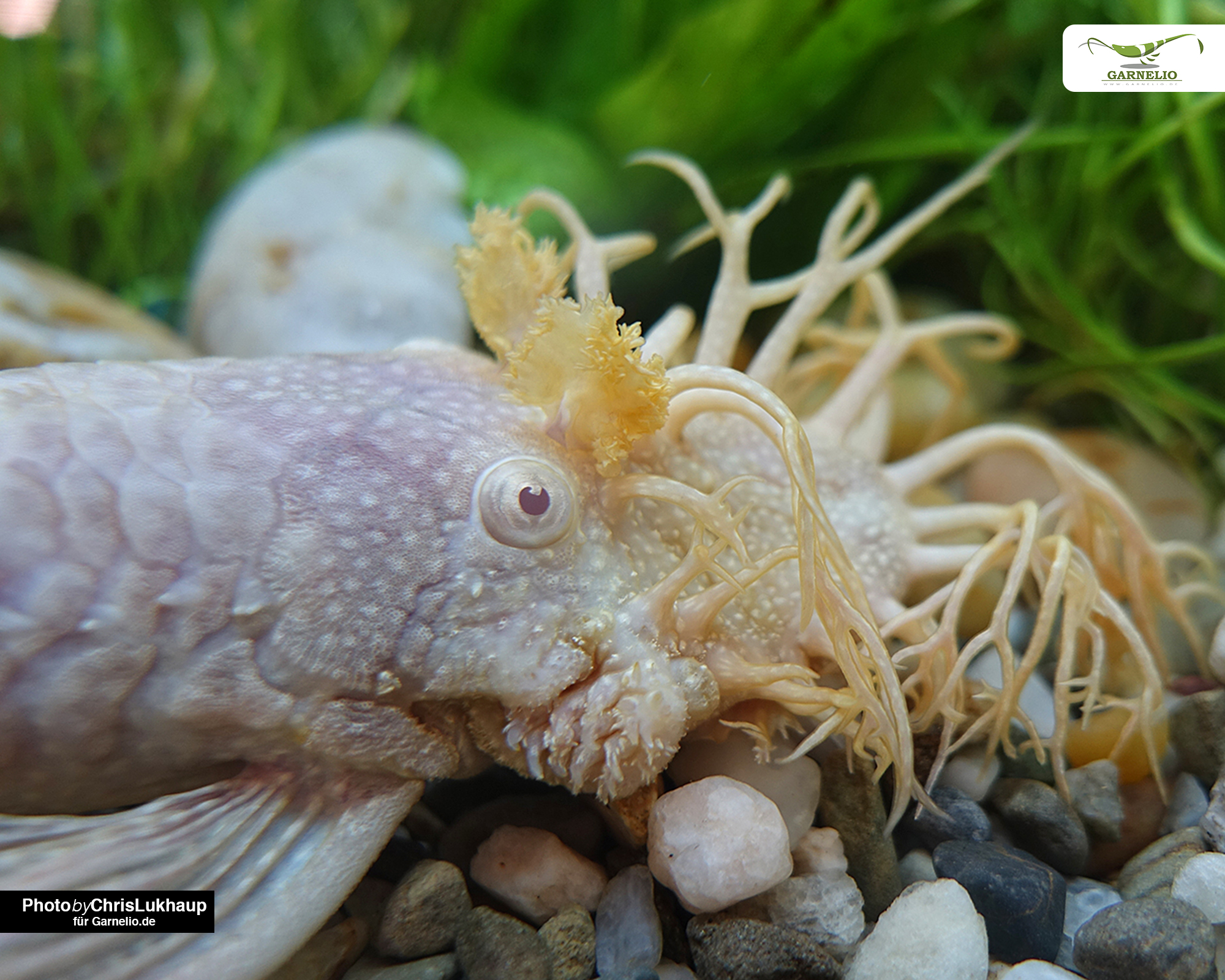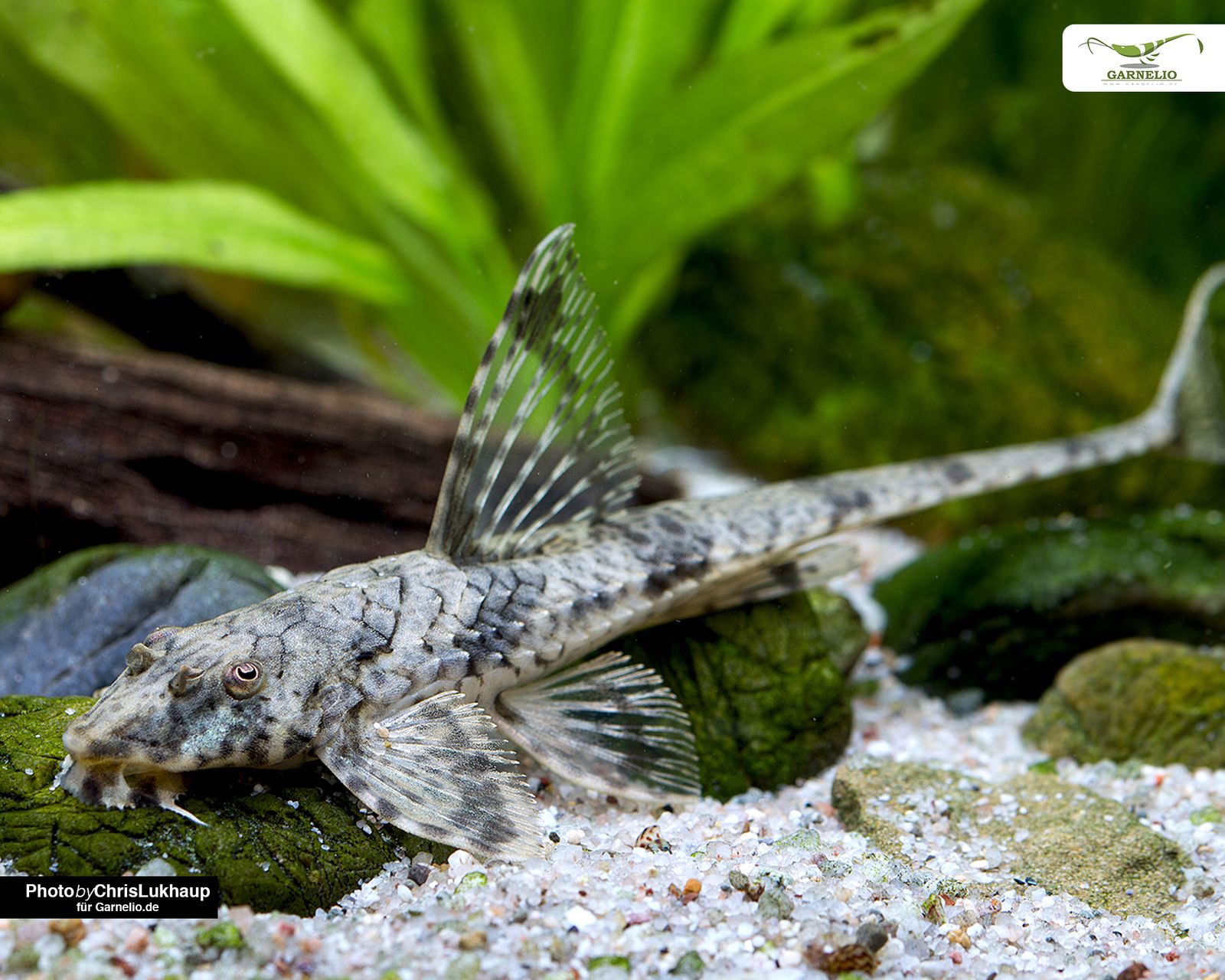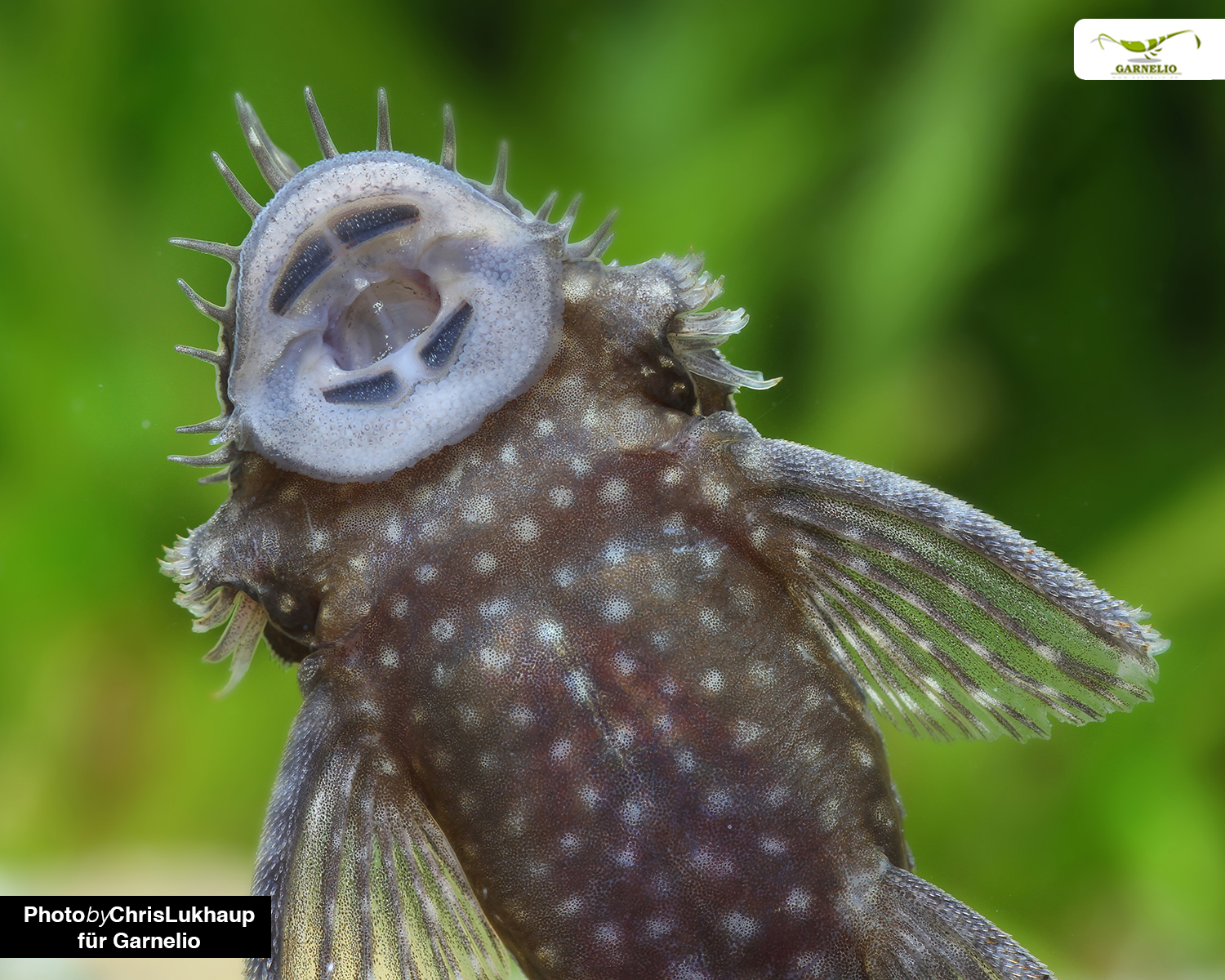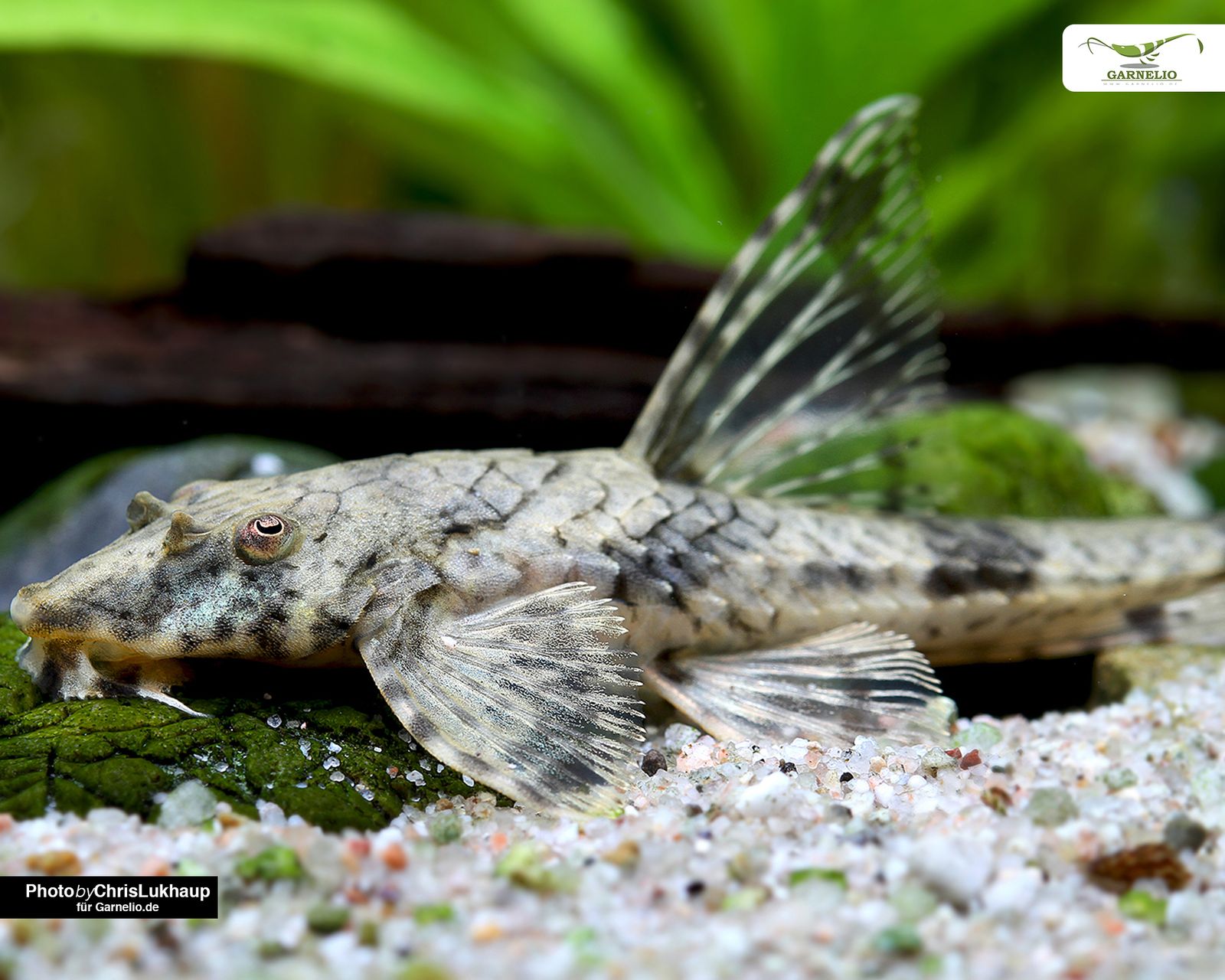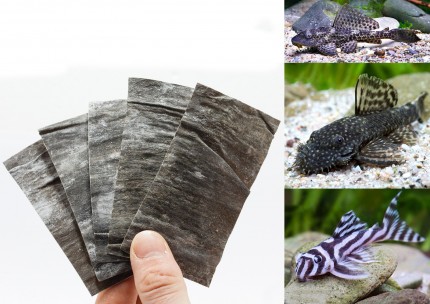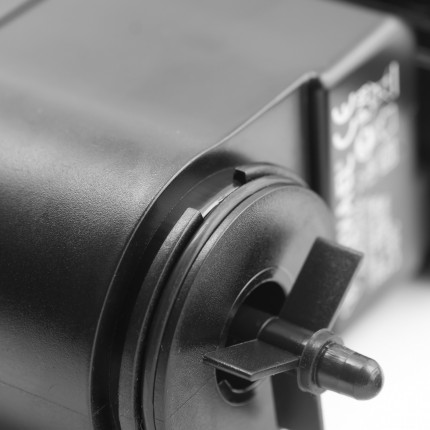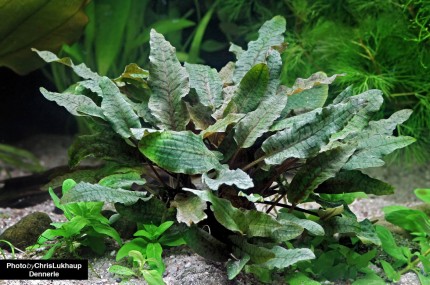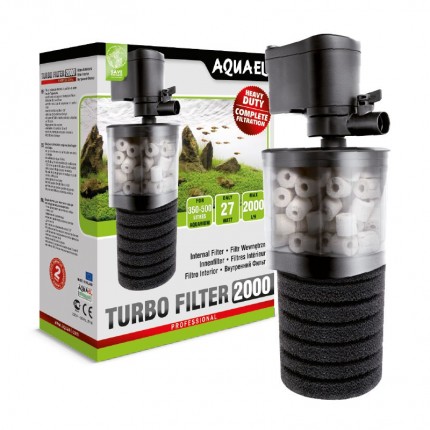Loricariid catfish - perfect partners for shrimp
The peaceful, mainly aufwuchs feeding Harnischwelse belong to the family Loricariidae and originate from Central America and South America. This distinctly species-rich catfish family includes hundreds of species. These catfishes are also called L-catfishes (from Loricariidae), and the individual species are designated with the so-called L-numbers / LDA-numbers.
Biotope bottom of water
Loricariid catfishes are bottom-dwelling fishes. They have a swim bladder, but this is strongly atrophied and no longer fulfills its original function completely - loricariids cannot "float" in the water like other aquarium fish, they sink to the bottom. Swimming is always done by force. They can often be seen attaching themselves to the aquarium glass or roots with their sucking mouth and "hanging out".
Appearance
Their name comes from the bony plates with which their bodies are protected like a knight by his armor. Some species have armored abdomens themselves. Their mouths are reformed into sucking mouths, which they use to scrape algae deposits, growth and biofilms from hard substrates such as rocks and roots on the one hand, and to hold on tightly on the other. Many loricariids live at the bottom of strongly flowing waters and need this means of holding on to avoid being swept away by the current. Around the mouth are tentacle-like barbels, which serve as tactile organs and help the catfish with orientation.
Activity: rather not in broad daylight
Most of the catfish frequently kept in aquariums are crepuscular and nocturnal. They should therefore be fed in the evening after the end of the lighting period, so that the other fish do not steal their food.
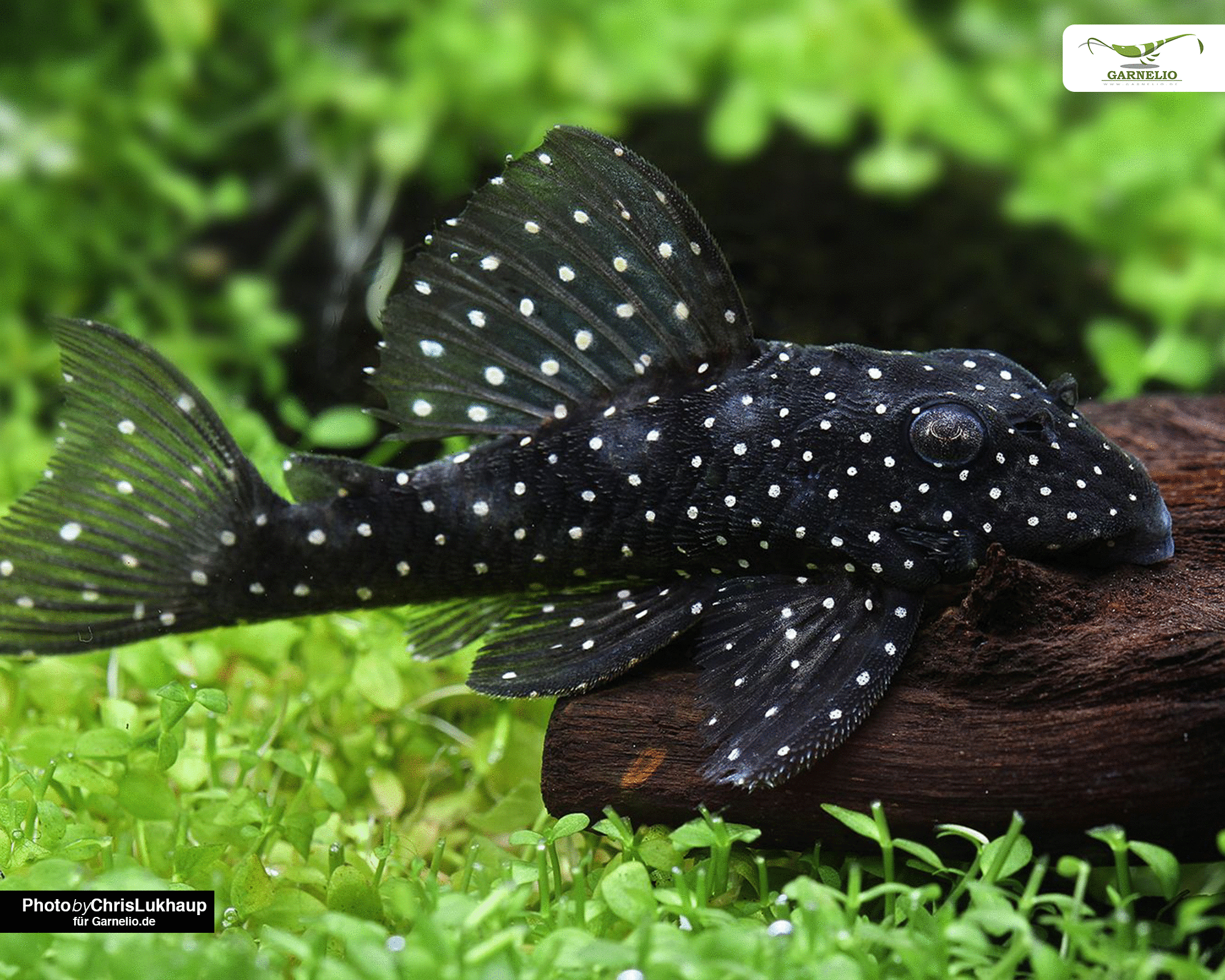
What do loricariids eat?
Most loricariids are omnivores. In addition to plant debris (and depending on the species, live aquatic plants) and algae, they eat protein-rich biofilms and often carrion. Even live food sinking to the bottom like enchytraea, grindal or red mosquito larvae is accepted very gladly. Special catfish food takes into account the special characteristics of these fish: it sinks quickly and is available in a form (tabs, wafers, cookies, pellets, ...) that allows the fish to feed in the rasping manner typical of their species. Loricariids are not predators and therefore can be kept super together with shrimps.
Many loricariid catfish rely on wood fiber, which is rich in fiber, to keep their digestion going. An aquarium with loricariid catfish should therefore always contain real wood roots made of the softest possible wood. Bog roots or bog pine wood is a very good choice for this.
In the aquarium, most loricariid catfish effectively take care of all sorts of algae films and young algae growth. They keep the decoration and also the panes quite reliably clean.
Garnelio Tip: The algae plates NatureHolice CatfishPlates are a 1A food source for loricariids and other "aufwuchsfresser". As in nature, catfish can be provided with a natural and nutritious grazing area for several days up to 2 weeks. In addition, it is the ideal vacation food because it does not pollute the water and provides valuable minerals.
Furnishing an aquarium for loricariid catfishes
In addition to wooden roots, the aquarium should also have sufficient caves and hiding places. Hiding places can be built, for example, great from slate plates themselves, but you can also buy many ready-made solutions here. Very nice are catfish caves made of clay, which are chosen in size so that the catfish just fits into them. Most loricariids like it quite narrow in their hiding places. The aquarium can be planted, although some species may well grate on live, healthy aquarium plants. Please note the descriptive texts!
Water quality in the aquarium with loricariids
Current-loving species should definitely have clean and oxygen-rich water in the aquarium - with a bubbling stone, an additional current pump and an oxidizer you can achieve a lot here.
The different species have different requirements to the water depending on their origin and can be socialized well with Neocaridina or with soft water shrimps.
Socialization of loricariids
The peaceful loricariids are very popular aquarium fish. Very many species of them can be socialized with all kinds of other aquarium inhabitants: with fish, with dwarf shrimps and fan shrimps and with snails. In particular, the current-loving species of loricariids fit very well in a stream aquarium with good current, where fan shrimp also feel very comfortable - in nature they inhabit very similar habitats as the catfish. Loricariids are quite social and therefore should not be kept alone.
Problems can arise with crayfish and with aquatic crabs in an aquarium with loricariid catfish, as these catfish inhabit burrows. Disputes may arise if the catfish claims the same hiding place as the crab or crab, and it cannot be ruled out that the pince-nez may pinch one fin or another, damaging it.
Individual presentations of various species that are particularly good to keep with shrimp
Mountain Brook Catfish (Chaetostoma thomasi) - L146(buy)
Grows up to 10 cm. Light brown to sand colored, often has darker irregular lines or spots. Recommended group size: 4 animals or more. For aquariums with an edge length of 80 cm or more, with soft to medium hard water. Temperature 20-26 °C.
Likes currents: yes
Eats plants: rather no
Antenna Catfish (Ancistrus sp.) - L144(buy)
The classic in the aquarium: the disc cleaner. Grows up to 14 cm long. Dark brown with lighter dot pattern on the body and lighter stripes in the fins. Males with antler-like tentacles on the head.
Recommended group size: 2 or more (same sex) animals. Reproduces strongly. For aquariums with an edge length of 80 cm or more, with soft to hard water. Temperature 20-28 °C.
Likes currents: no
Eats plants: yes, especially Echinodorus
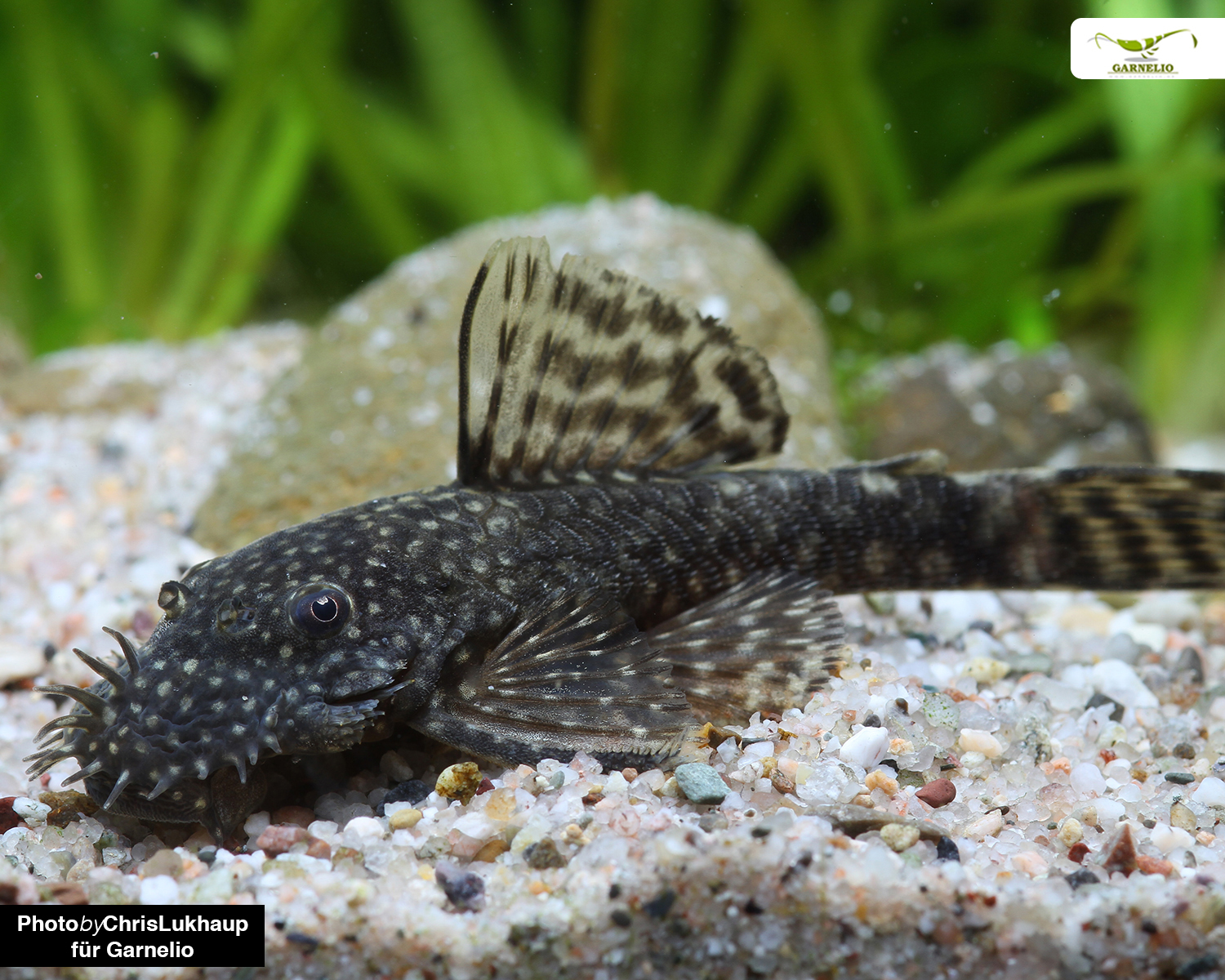
Antenna Catfish (Ancistrus sp. "Gold", Ancistrus sp. "Albino") - L144(buy)
The albino or leucistic form of the Antennae Catfish has a gold to very light orange body and red (albino) or black (leucistic) eyes.

Eared lattice catfish (Otocinclus sp.) - LDA26(buy)
One of the smallest loricariid catfishes in aquaristics is the small algae eater Otocinclus sp. At only 4-5 cm, they remain very small. Typically they are dark colored on top, while the ventral side is light. A black stripe divides the color zones longitudinally along the body. Recommended group size: 10 animals or more. For aquariums with an edge length from 60 cm, for soft to hard water. Temperature 23-27 °C.
Likes currents: no
Eats plants: no
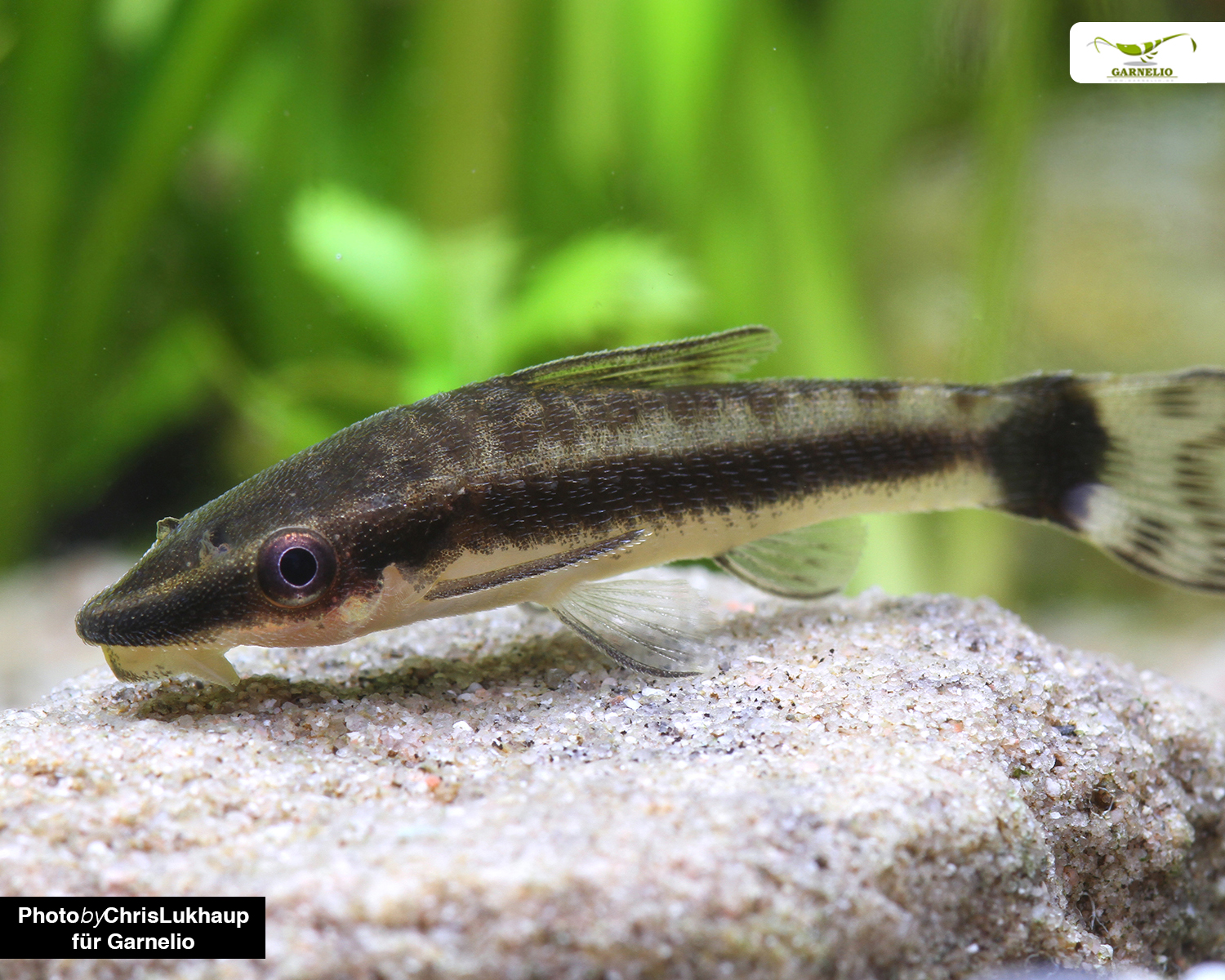
Amazon Beaked Catfish, Needle Catfish (Farlowella acus)(buy)
Up to 20 cm long, extremely slender, strange body shape. Often light brown with darker spots and stripes, very long thin snout. Recommended group size: 5 animals. For aquariums with an edge length from 80 cm, for soft to medium hard water. Temperature 23-28 °C.
Likes currents: yes
Eats plants: no 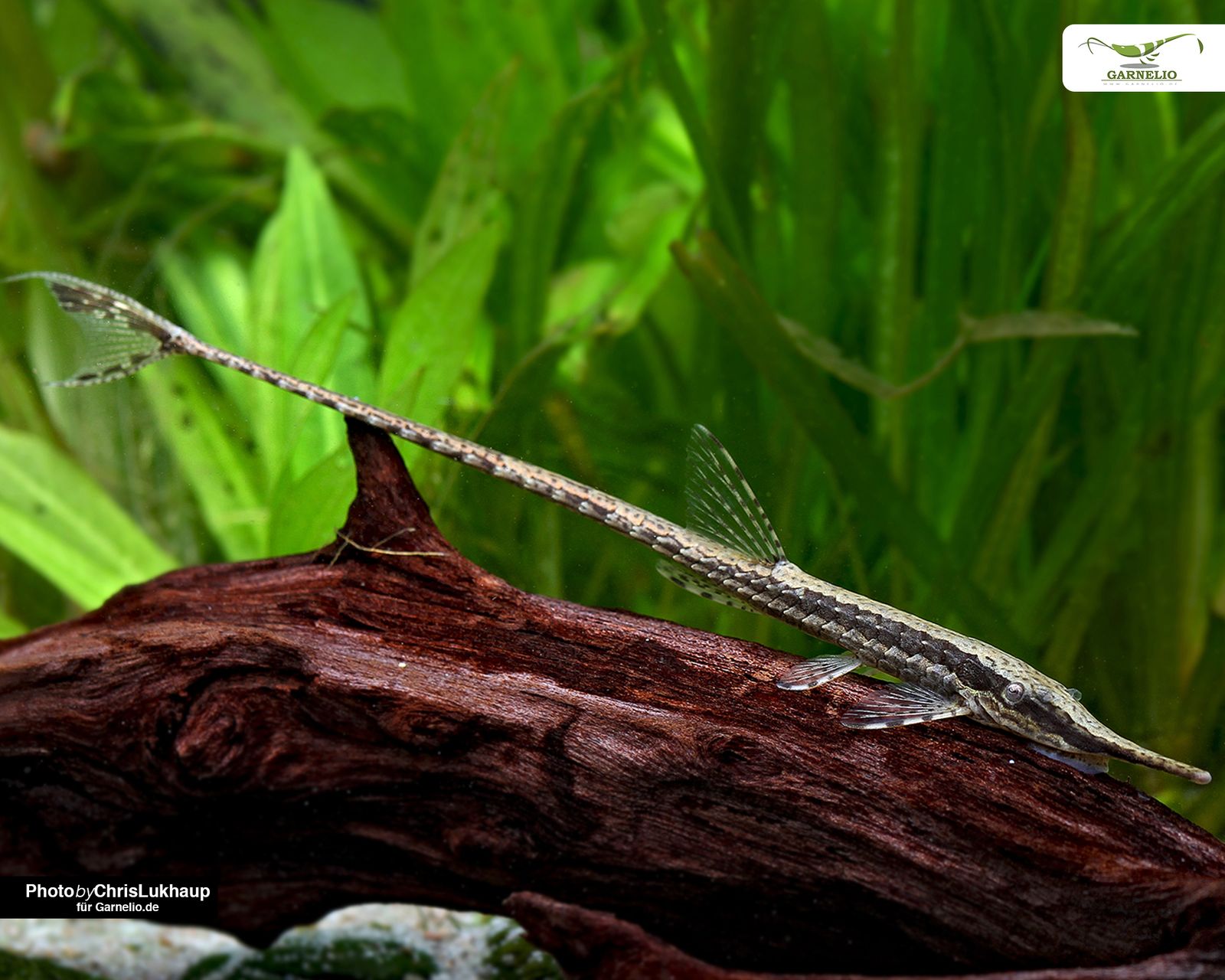
Zebra Loricarius (Hypancistrus zebra) - L46(buy)
Up to 11 cm long. Black and white striped, considered one of the most beautiful L catfish. Recommended group size: 5-10 animals. For aquariums with an edge length from 80 cm, for soft to medium hard water. Temperature 25-30 °C.
Likes currents: no
Eats plants: no
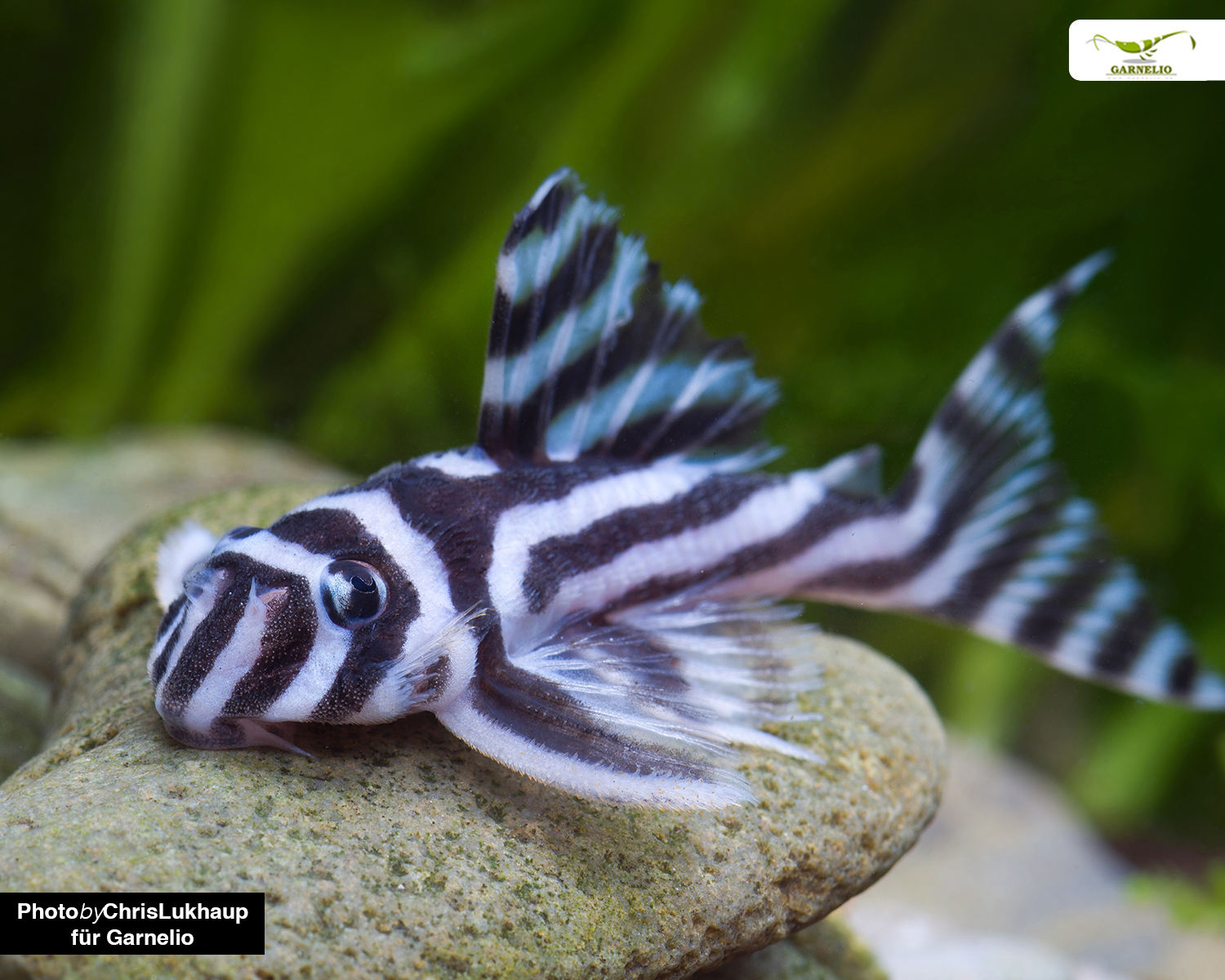
Shield Catfish (Hypostomus plecostomus (trade name), real name: Liposarcus pardalis) - L21(buy)
Up to 40 cm long. Shield-like scale plates, color light-dark patterned. Recommended group size: from 2 animals. For aquariums with an edge length from 200 cm, for soft to hard water. Temperature 23-28 °C.
Likes currents: no
Eats plants: possibly Echinodorus are rasped
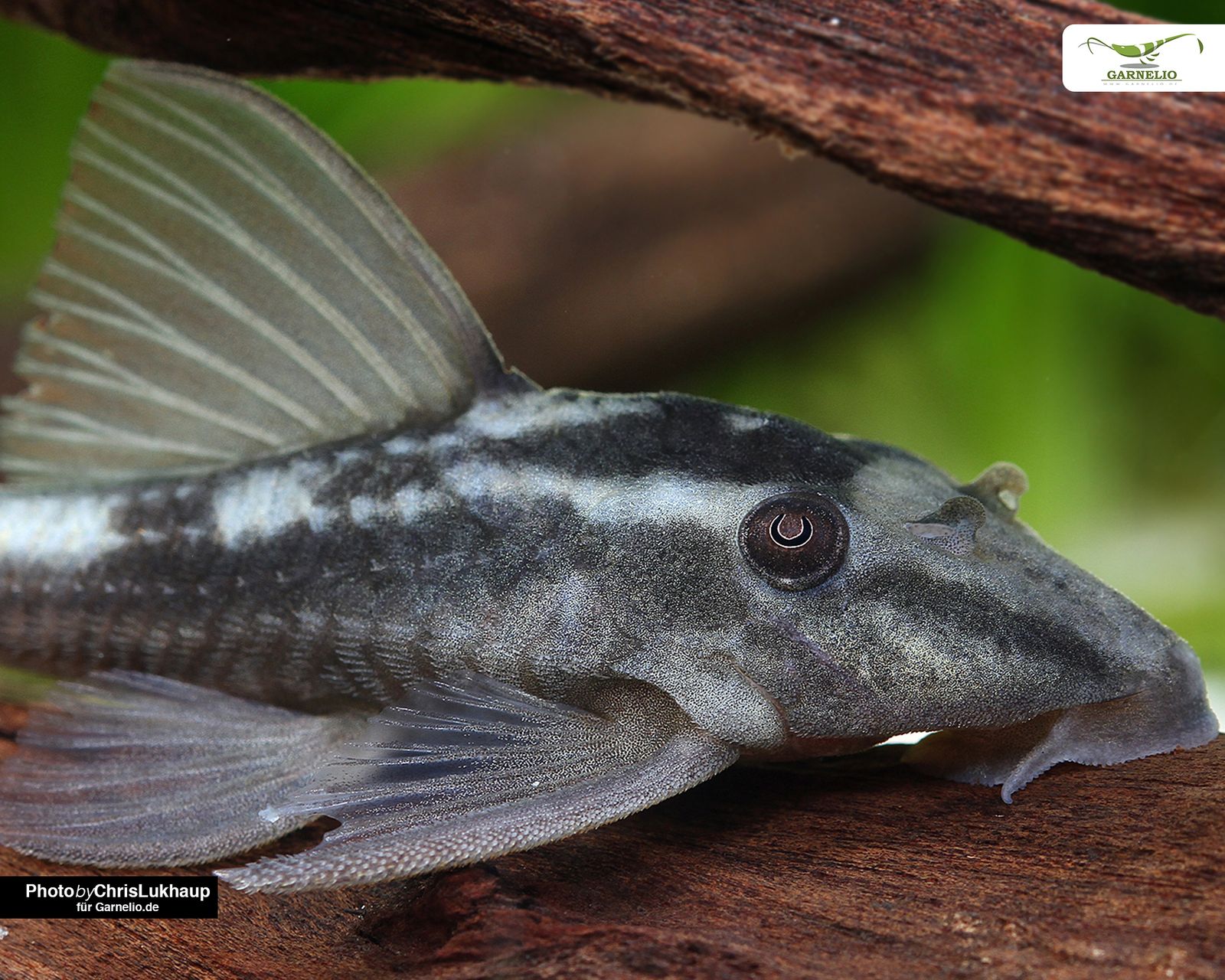
Witch Catfish (Rineloricaria fallax)(buy)
Up to 12 cm long. Bizarre shaped fish with long hind body. Color light brown with irregular dark pattern. Recommended group size: from 2-5 animals. For aquariums with an edge length from 80 cm, for soft to hard water. Temperature 25-30 °C.
Likes currents: yes
Eats plants: no
Red Witch Catfish (Rineloricaria sp. "Red")(buy)
The red color form of the witch catfish. Grows to about 12 inches long. Just as bizarrely shaped as the wild colored version of the Witch Catfish, with a long extended hind body. Color reddish to intense red. Recommended group size: from 2-5 animals. For aquariums with an edge length from 80 cm, for soft to hard water. Temperature 25-30 °C.
Likes currents: yes
Eats plants: no
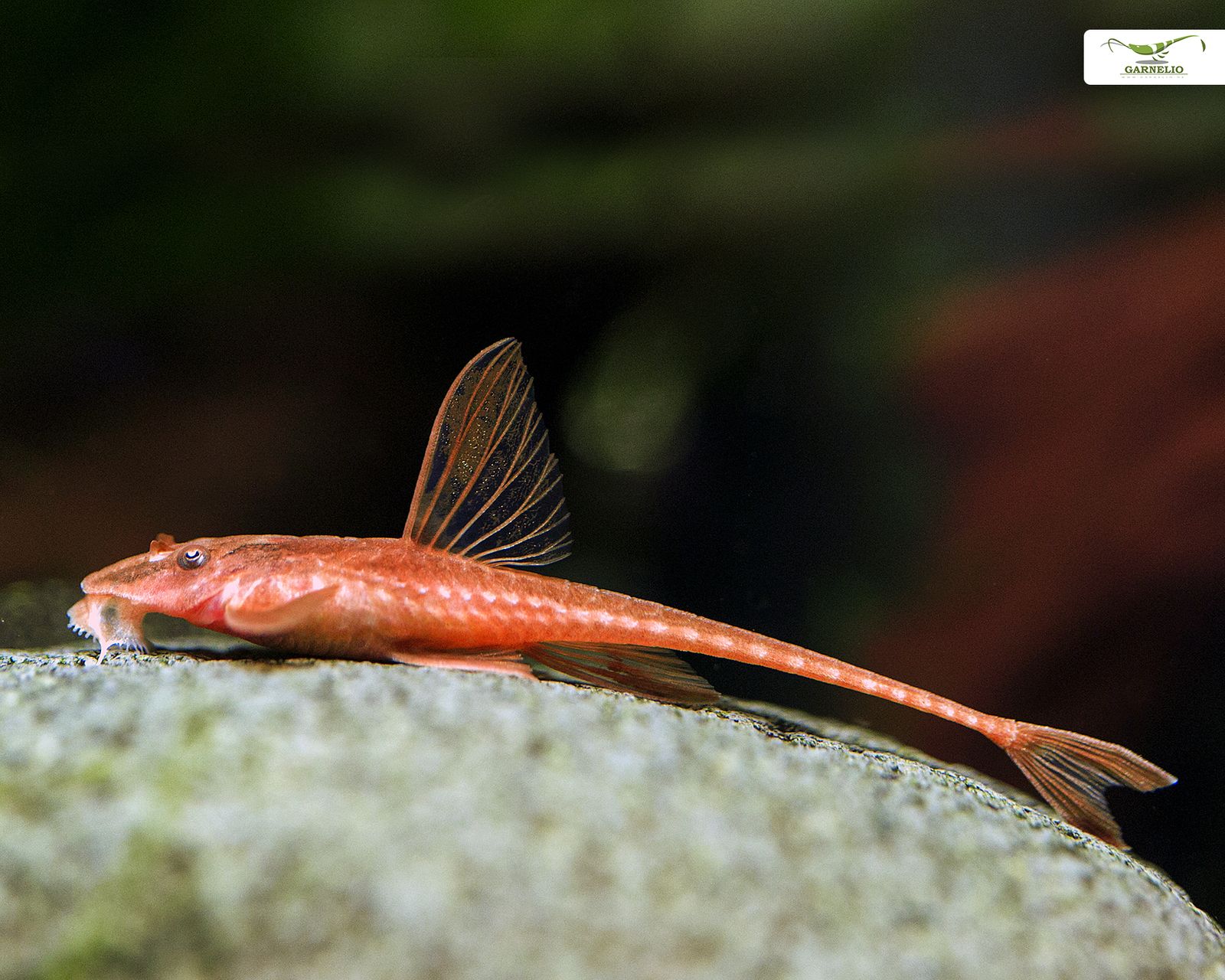
Mouthbrooding Witch Catfish, Simillima Witch Catfish (Loricaria simillima)(buy)
Up to 25 cm long. One of the few mouthbrooding catfishes in aquaristics. Gray to dark brown in color, possibly also light-dark marbled. Typical is the strongly fringed mouth. Recommended group size: from 4 animals. For aquariums with an edge length from 120 cm, for soft to medium hard water. Temperature 25-28 °C.
Likes currents: yes
Eats plants: yes
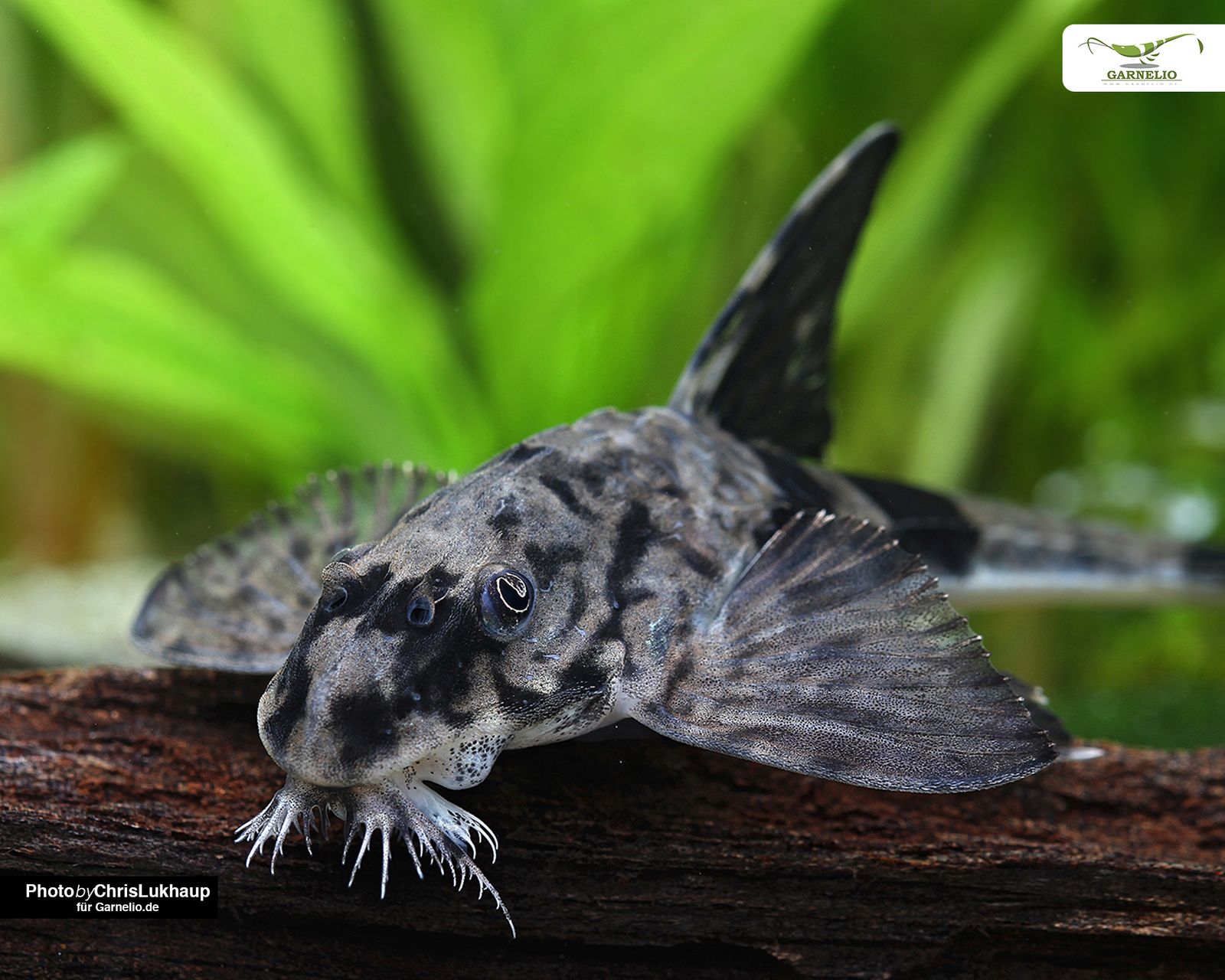
Angelfish (Hypancistrus sp.) - L28(buy)
Up to 12 cm long. Many white spots on a dark background. Recommended group size: from 3-5 animals. For aquariums with an edge length from 100 cm, for soft to medium hard water. Temperature 25-30 °C.
Current-loving: yes
Eats plants: Juveniles yes
